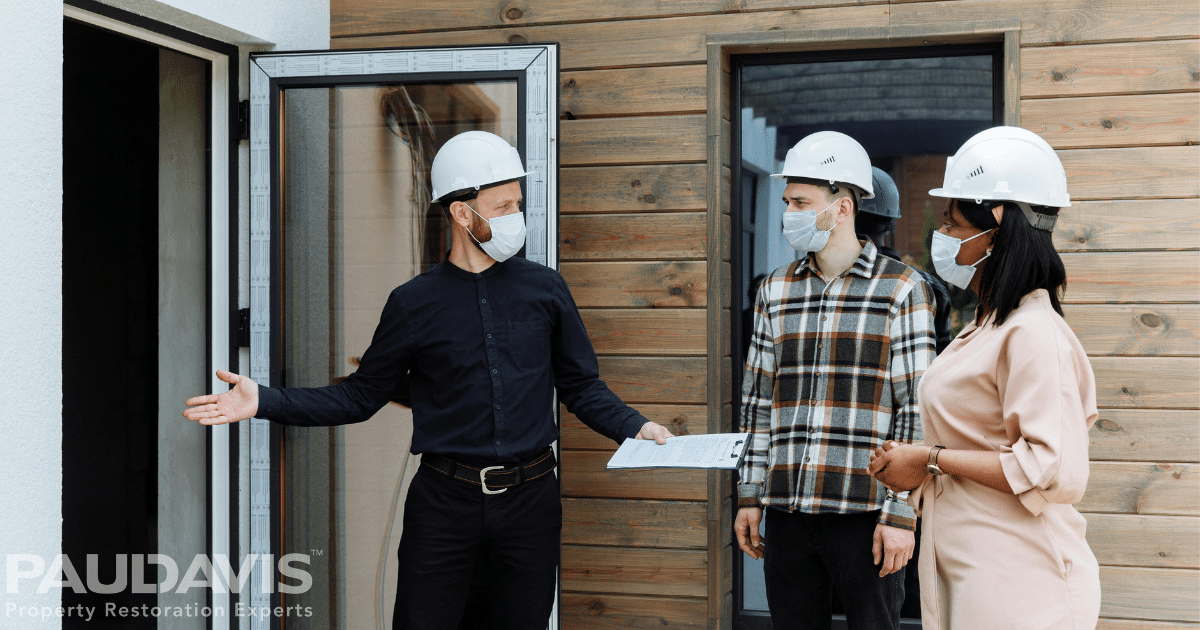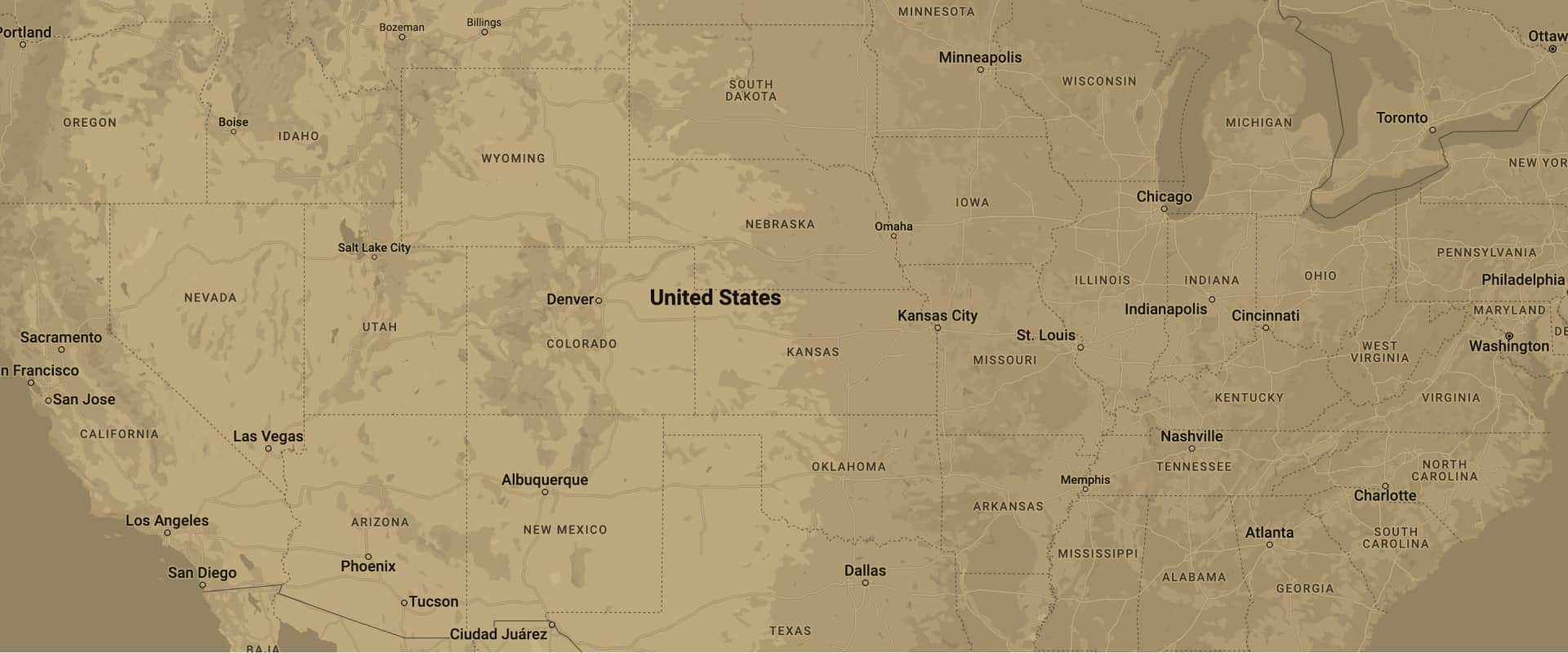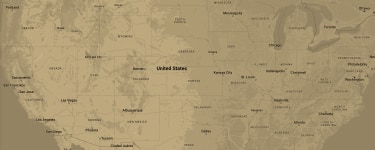
For many homeowners, the kitchen is the bustling heart of the house, providing delicious meals, warm family moments and camaraderie with friends. But it’s also the room most at risk for devastating fires that destroy property, inflict injuries and even kill in shockingly short periods of time.
“Cooking is a leading cause of home fires and deaths from home fires,” advises Peter Heary, President of Paul Davis GTA in Ontario, Canada, who adds that most ignite at the dinner hour between 5:00 and 8:00 pm. “Cooking fires are so dangerous because you have under a minute – typically 30 to 45 seconds – to put out most blazes before they speed out of control. Thanksgiving is the most common day for home cooking fires, followed by Christmas Day, but we emphasize kitchen fire safety throughout the year.”
Heary and his colleagues repeat eight key tips to reduce the risk of residential kitchen fires.
- Keep kitchen cooking appliances clean and in good repair. Ranges or cooktops are the culprits in three of every five kitchen fires; surprisingly, electric ranges are a greater fire risk than gas models. Toaster ovens are another source of danger, often situated under cabinets and full of flammable crumbs.
- Don’t leave the kitchen or multi-task while cooking. Stepping away or becoming distracted for even a minute or two provides time for pots to boil over or ingredients to burn.
- Monitor the heat of oil and grease, which can ignite explosively when they reach high temperatures. Even small grease fires grow very rapidly, becoming difficult to control in well under a minute. Further, they worsen if water is used in an attempt to douse the flames.
- Station fire safety items in easily accessible areas such as fire extinguishers that are rated for kitchens and, in a pinch, baking soda. Hopefully, you’ll never have to use them. If you do, you’ll need quick access. Aim for the base of the fire, Heary counsels. Many panicked victims focus on at-risk items such as cabinets instead of dousing the source of the fire first.
- Keep combustible items away from heat sources. This rule extends beyond potholders, napkins and towels. Don’t cook while wearing loose, flowing, flammable garments that may contact hot surfaces or open flames. If your hair is long, secure it before cooking.
- Maintain smoke alarms in good condition with continuous power, preferably hard-wired with battery back-up. Resist the urge to disconnect smoke alarms that alert unexpectedly; experts estimate that at least one in five installed smoke alarms are not operational.
- Exclude children and pets from the cooking zone. Kids and pets not only distract the chef, they create fire hazards by getting too close to cooktops, dislodging pots or turning dials.
- Know your escape routes and when to call for help. If you aren’t able to control the flames very quickly, clear everyone out of the house and dial emergency responders pronto.
In fact, Paul Davis urges people to consider calling first, fighting second. “So many kitchen fire victims tell us, ‘I thought I could put it out so I didn’t call for help until it got out of control,’” Heary reports. “But we hear firefighters say, ‘call 911 and then fight the fire. We’d much rather arrive to find you’ve put out the blaze than have you wait and experience a devastating fire.”
Need help after a kitchen fire? Paul Davis promises to arrive within four hours of a call for help, 24 hours a day, seven days a week, 365 days a year.











